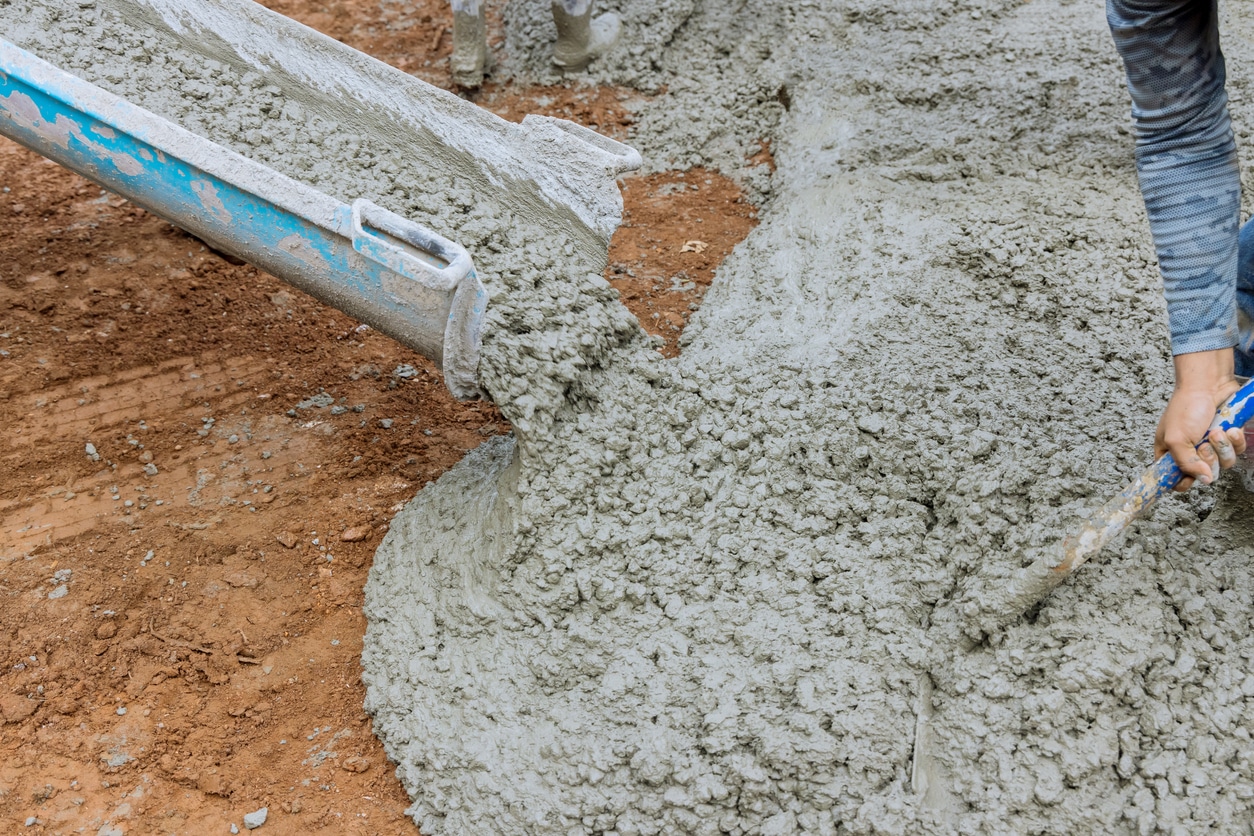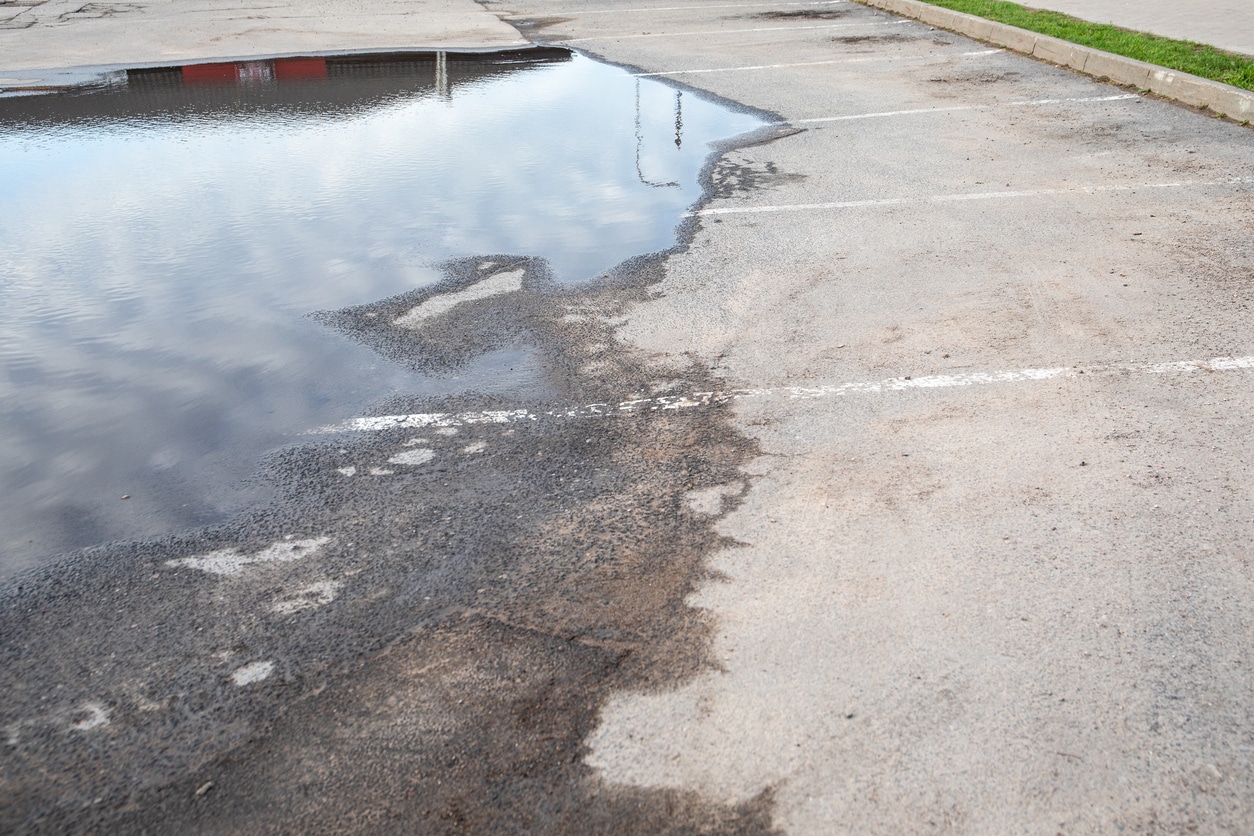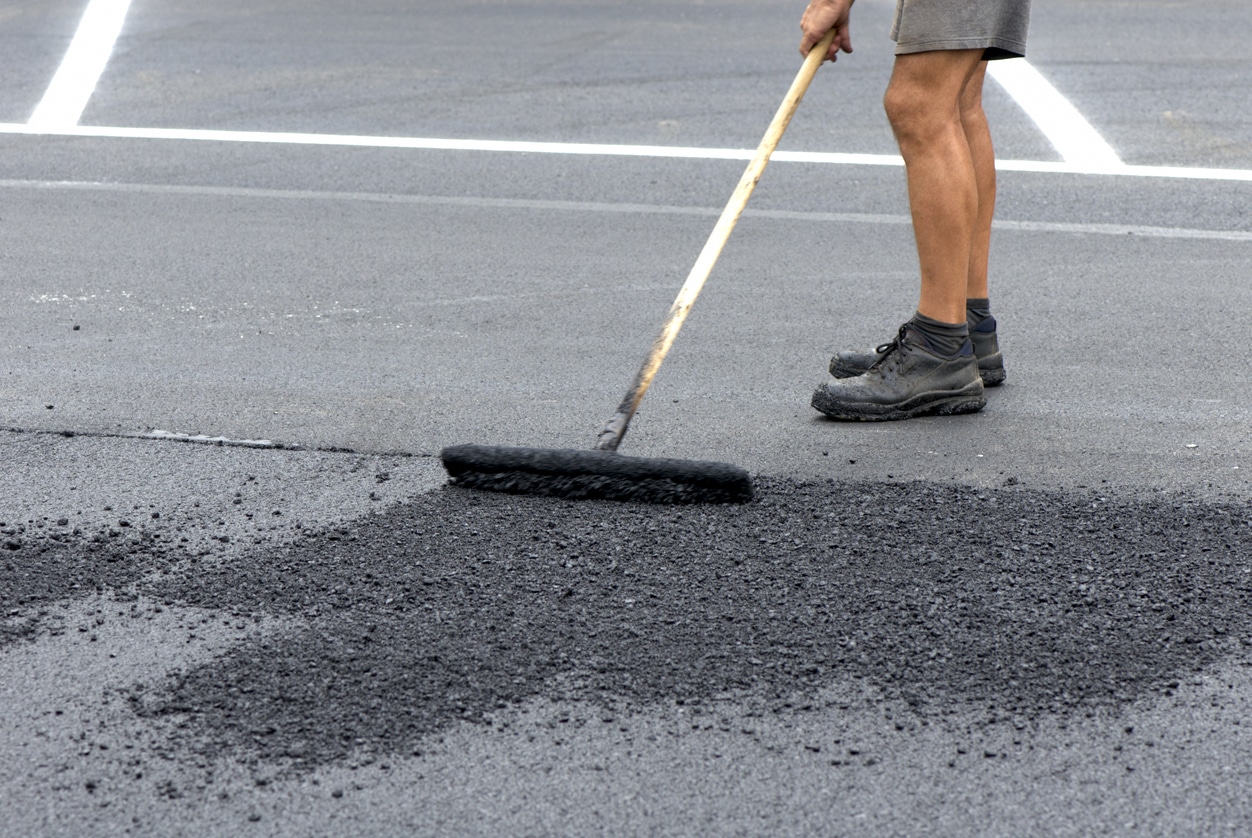Concrete is a highly versatile, strong, and low-maintenance material. When you invest in outstanding commercial…
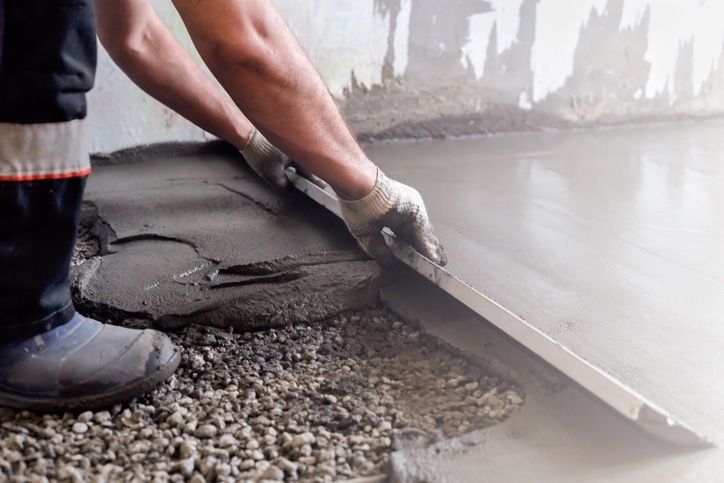
The Role of Screed and Concrete in Commercial Construction
If you’re undertaking a retail or other commercial construction project, it’s important to understand the types of materials available to achieve the appropriate look and functionality in different areas. Commercial concrete construction techniques typically involve concrete and screed applications. Therefore, it’s important to understand the role each plays in commercial building projects.
Concrete is used in many aspects of construction. Screed is less well known but improves the aesthetic appeal of indoor and outdoor hardscapes. Learn more about the differences between screed and concrete from the team at K & E Flatwork to enhance your property with these tried and true materials.
What’s the Difference Between Screed and Concrete, Anyway?
While they’re made of similar materials, concrete and screed present very differently. Concrete is coarser than screed and contains a mixture of cement, water, and large aggregates. In general, screed uses about half as much aggregate as concrete. Just as concrete foundations for commercial buildings provide strong support, screed increases the strength of walls and floors.
Screed doesn’t contain as much water as concrete. Instead, it’s a thinner mixture of aggregates and cement. Construction workers often use it to achieve level layers between floors. However, screed layered on top of concrete creates an attractive finishing layer.
When considering whether to use screed vs. concrete flooring, start by reviewing the types of screeds.
What Are the Different Types of Screeds?
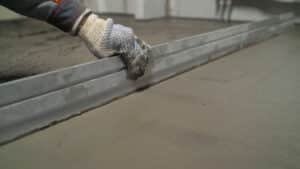
The most common screed applications in construction include floor preparation. In this case, screed forms a sturdy, smooth layer over subfloors, ensuring an even surface.
To fully grasp the importance of screed in commercial projects, consider the three main kinds of screed and when to use them:
- Bonded: This type adheres directly to a concrete base via a bonding agent. It’s ideal for areas that experience heavy loads, including warehouses.
- Unbonded: At least 50mm thick, unbonded screed applies well to a water-resistant membrane. This screed is less likely to settle or shrink than bonded screed.
- Floating: Are you installing underfloor heating? Floating screed provides extra insulation. With a thickness of 65mm to 75mm, it offers support for heavily loaded surfaces.
Physical Differences Between Concrete and Screed
As discussed, screed has a different composition than concrete. Concrete contains small stones of 20mm or less. You’ll need a coarse mixture to maximize the durability of your concrete surfaces.
Meanwhile, the largest aggregate size for screed is about 4mm. Fine sand and cement combine into a dense texture that makes a great finishing layer for concrete floors.
Usage: Concrete vs. Screed Flooring
Concrete has high compressive strength, making it the go-to material for many commercial construction projects. It’s affordable, long-lasting, and strong. At the same time, this versatile material is safe for small renovations or large-scale commercial construction projects.
Concrete services produce structural elements that will last for many years.
These include:
- Walls
- Driveways
- Patios
- Parking areas
- Foundations
- Pilings
- Flooring
- Drainage areas
Screed complements concrete but doesn’t act as a structural element. You can apply it before installing tiles, wood, or vinyl flooring. Designed to withstand heavy foot traffic, screed can help your floor last longer and make it easier to achieve level surfaces. Additionally, it provides insulation that can improve energy efficiency in heated and unheated flooring.
It’s durable and designed to withstand the impact of constant use and heavy footfalls. This protects the floor to make it last longer, and provides an even, level surface. It is also highly insulated, a huge bonus for underfloor heating systems. To make it even stronger, screed is sometimes reinforced with metal or glass mesh.
Screed Applications in Construction
Factory floors withstand a lot of punishment. Consider a bonded screed for an attractive finish that won’t degrade over time. Bonded screed enhances structural integrity by adhering directly to the substrate.
Other key applications of screed include the following:
Correcting flooring issues: Screed addresses uneven surfaces, helping to achieve a consistent, level floor. This ensures a smooth and visually appealing finish for the final flooring.
Enhancing underground heating systems: Screed ensures optimal heat distribution by encasing heating pipes, creating a comfortable, energy-efficient heating solution for the building.
Supporting floor finishes: Screed provides a stable base, ensuring longevity and proper installation of various floor finishes like tiles, wood, laminate, and carpet. It may also help prevent damage from shifting and other events.
Acting as acoustic and thermal insulation: Depending on its composition, screed can improve both sound insulation and thermal performance within a building.
Adding construction versatility: Screed is used in commercial spaces such as offices, retail stores, and warehouses. This adaptable material is a great choice for numerous building projects.
Enhancing load-bearing capabilities: Screed can strengthen the floor structure, enabling it to support heavier loads. This is particularly important in commercial and industrial settings.
Increased durability: By providing a robust and durable layer, screed extends the lifespan of flooring, reducing the need for frequent repairs or replacements.
Simplifying maintenance: Screeded floors are easier to clean and maintain, reducing long-term upkeep costs. This makes them a practical choice for both residential and commercial spaces.
Maintaining or exceeding construction schedule: Screed can be quickly applied and cures rapidly, which helps keep projects on schedule.
Various types of screed can be tailored to meet specific requirements, such as fast-drying screed for quicker installation. This flexibility allows for customized solutions based on project needs. Additionally, you can find screed that uses recycled materials to reduce the building’s carbon footprint.
Need help choosing the right commercial concrete construction materials for you? One of our knowledgeable sales staff can help.
Get Commercial Concrete Services From K&E Flatwork
K&E Flatwork provides the top concrete and screed services for commercial construction projects. We can answer any questions you have on the role of screed and concrete in commercial construction.
We offer a variety of commercial concrete services to help you meet your flatwork needs. If you would like to discuss your small or large commercial project, we can help. Ready for a free quote from K&E Flatwork? Contact us today to set up a consultation.

